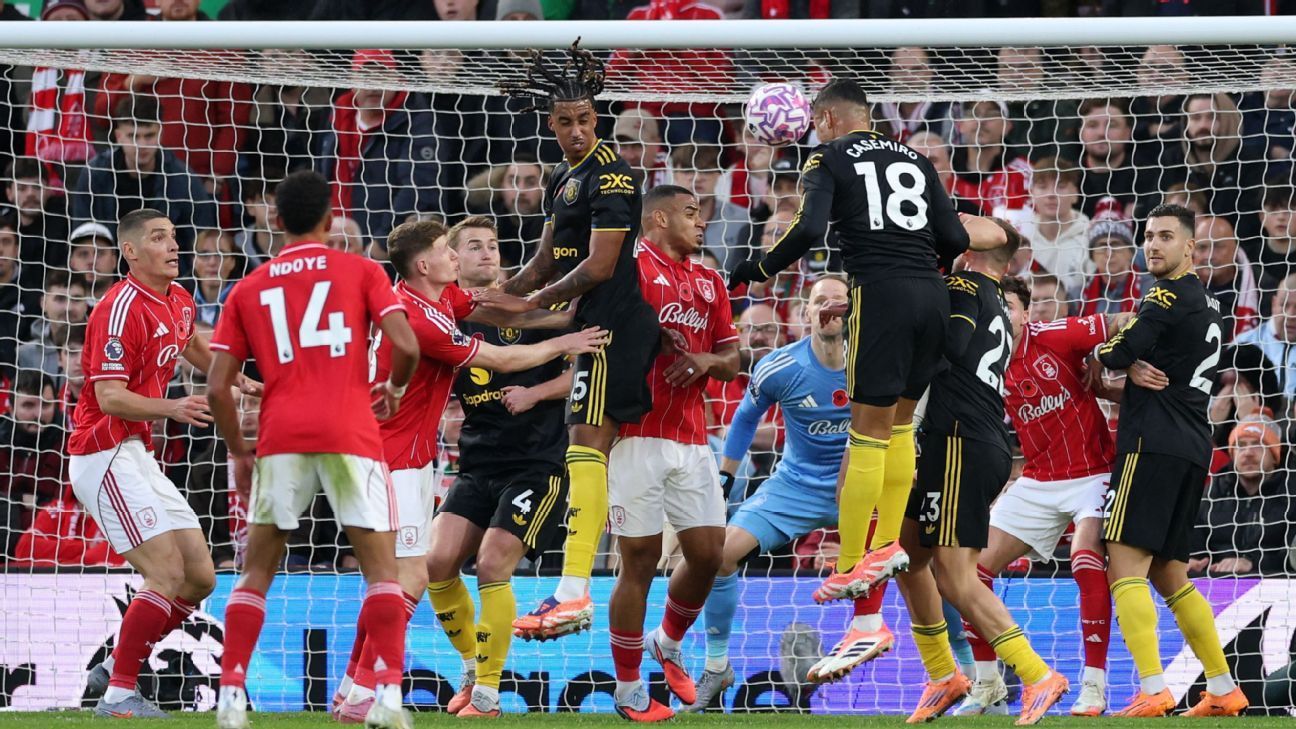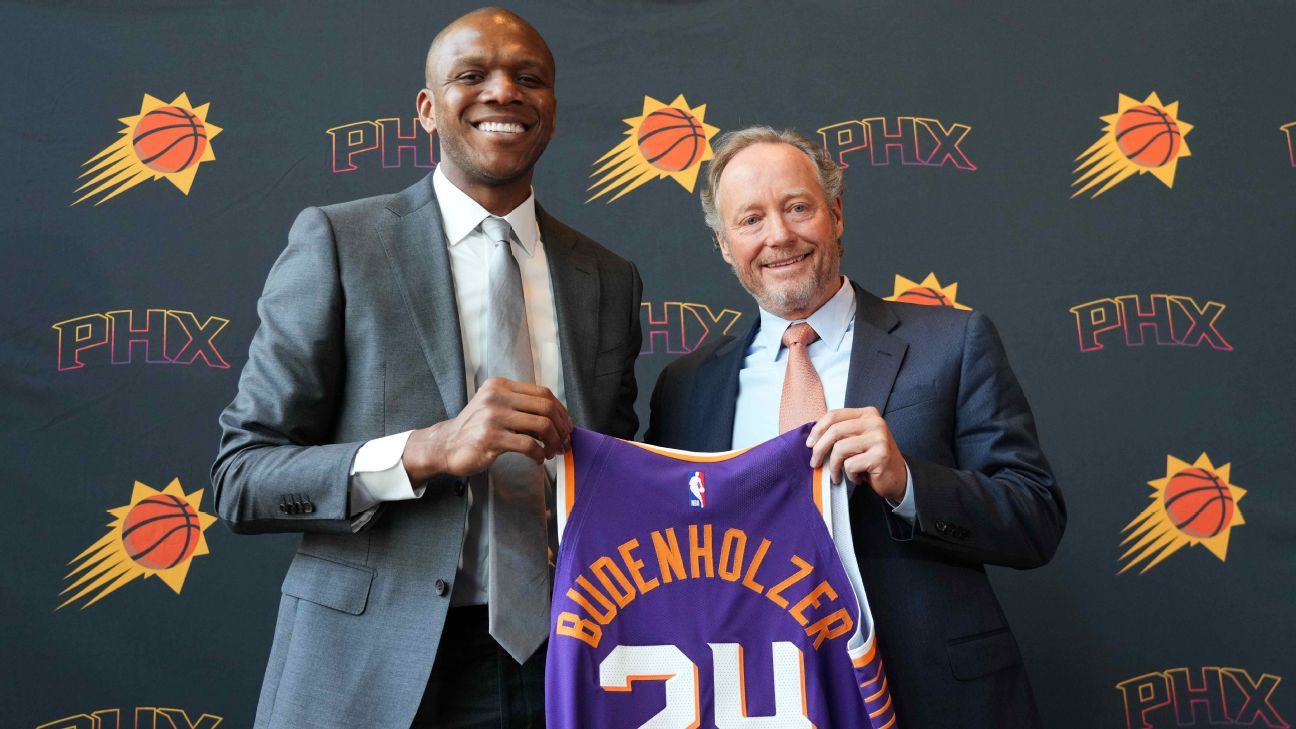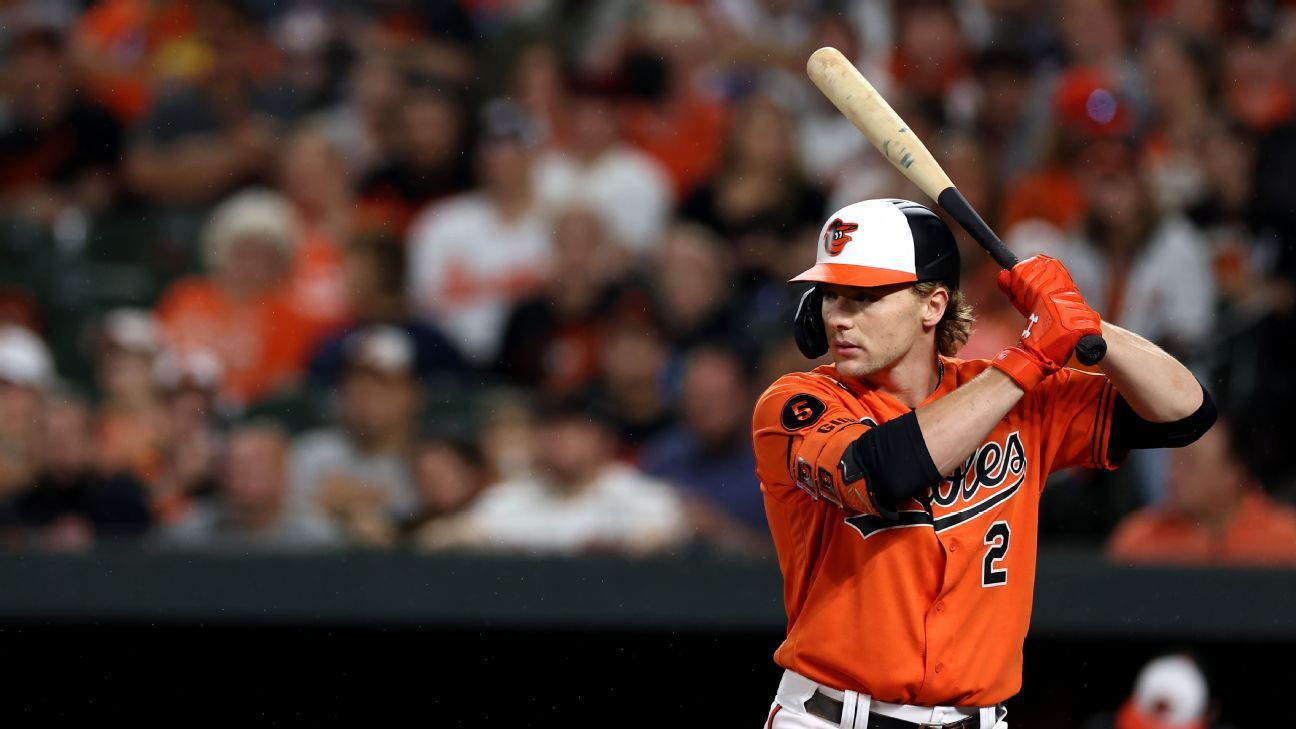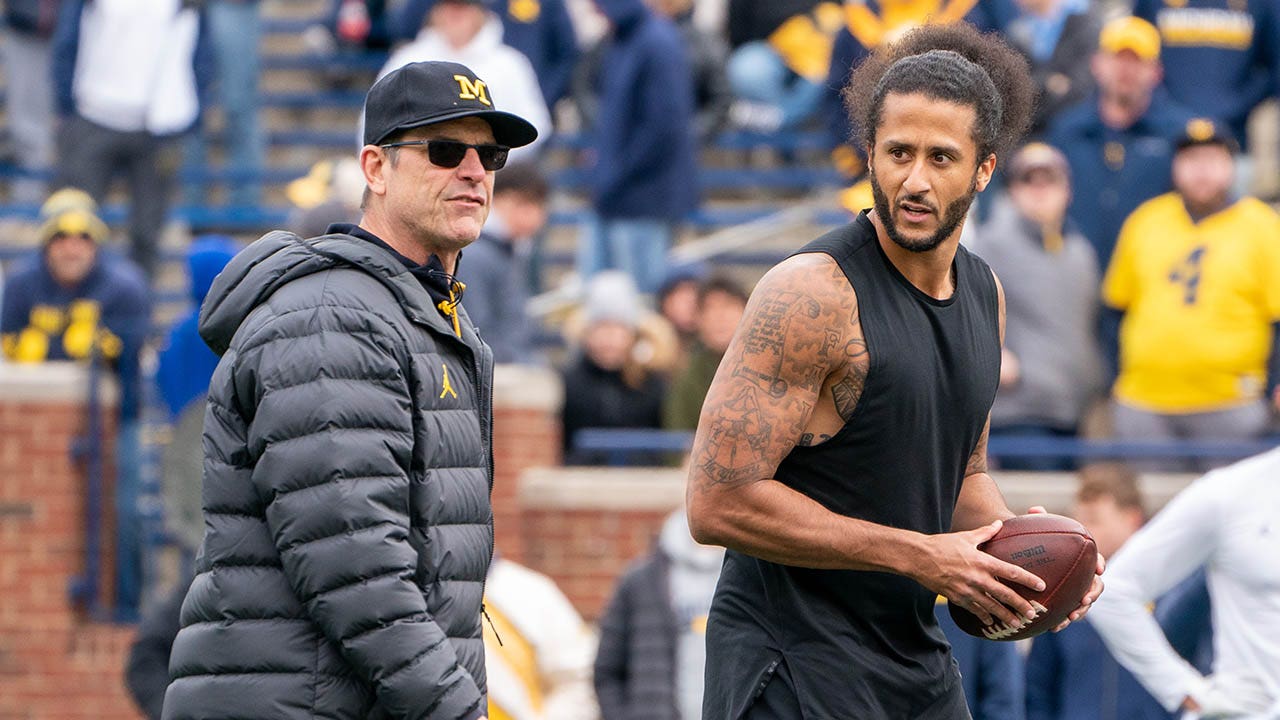The referee's assistant video causes controversy every week in the Premier League, but how are decisions made and are they correct?
This season we review the main incidents to examine and explain the process both from the point of view of the VAR protocol and the Laws of the Game.
All photos credit: NBC
Andy Davies (@andydaviesref) is a former Select Group referee, with over 12 seasons in the elite list, working in the Premier League and Championship. With extensive experience at elite level, he has operated within the VAR space in the Premier League and offers a unique insight into the processes, logic and protocols that apply on a Premier League matchday.
Referee: Darren England
assistant referee: Akil Howson
var:Tim Robinson
Incident: Corner awarded after a ball appeared to leave the field of play.
Time: minute 33
What happened: Nottingham Forest defender Nicolò Savona cleared a Bryan Mbeumo cross. With the ball running towards the corner flag and seemingly offside, Savona appeared to have made up enough ground to keep the ball in. However, assistant referee Howson disagreed and awarded a corner kick in favor of United from the opposite side of the pitch, much to the chagrin of the Forest players and supporters at that end of the City Ground. The resulting corner almost inevitably ended with the ball in the back of the Bosque goal, when United's Casemiro scored with a header.
Forest fans are HUGE after Manchester United score from a corner after this ball was ruled out 👀
Correct call? 🤔 pic.twitter.com/pbXV960SSS
— CBS Sports Golazo ⚽️ (@CBSSportsGolazo) November 1, 2025
Decision review: Rule 9 of the game states that the ball is out of play “when it has completely crossed the goal line/court.” Whether the ball was out of play must be judged based on objective information and, unfortunately, on this occasion, the images confirm that it was indeed still in play. Furthermore, the assistant's decision was made from the other side of the field, and his vision was partially obstructed by the posts and the players' bodies.
var: This is an area that VAR cannot review under current protocols. Forest will feel aggrieved, given that in as many weeks they have been awarded two incorrect corners, resulting in goals against them. Although, in my opinion, the corner awarded to them last weekend at Bournemouth was an understandably misinterpretation of the real-time situation.
At the last IFAB meeting it was decided not to introduce possible VAR reviews in case of corner kicks awarded incorrectly and leading to a goal, as each corner kick given would have to be reviewed. So for now, Forest boss Sean Dyche's frustrations over the incident will go unheard.
Verdict: If Casemiro had not scored from the resulting corner, this moment would have been forgotten. But it is clear that assistant referee Howson did not have definitive information to make the decision, given the positional circumstances of both the ball and himself. A ball out of play decision should be an objective decision by any match referee, and Howson did not need to force this for many reasons. In decisions requiring complete factual information that is not available at this time, the advice would be to do nothing.
1:58
Are Moisés Caicedo or Cole Palmer more important for Chelsea?
ESPN FC's Julien Laurens joins Gab Marcotti on Gab & Juls to react to Chelsea's 1-0 win over Tottenham.
Referee: Jarred Gillett
var:Craig Pawson
Incident: Possible red card for serious foul play (SFP) from Rodrigo Bentancur to Reece James
Time: minute 45 (+2)
What happened: Chelsea right-back James received a pass from teammate Wesley Fofana and carefully moved the ball forward with his first touch; Tottenham midfielder Bentancur challenged him and caught him late on the ankle with some force. Referee Gillett, who had a good view of the challenge, awarded a free kick and, having handled the massive confrontation that ensued between both groups of players, booked Bentancur for the late and reckless challenge.
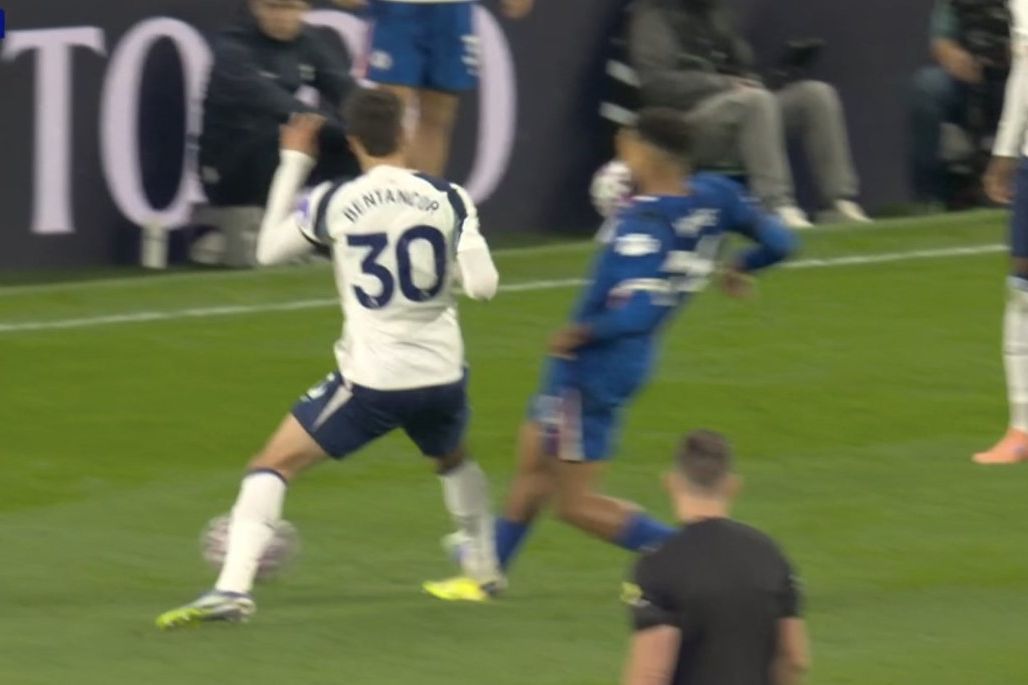
VAR decision: After reviewing the incident, VAR Pawson was confident that the nature of Bentancur's late challenge fell within the framework of reckless play and was not a serious foul play (SFP) challenge, which carries the sanction of a red card. Gillett's live communication would have described the challenge as having been made with some level of force, however the contact was low and on the top of the foot/bottom of the ankle.
VAR review: Pawson would have had an element of doubt when reviewing this challenge and Gillett's real-time communication would have been quite accurate compared to the images he saw. However, the point of contact on the ankle and the level of force used by Bentancur would have worried both Pawson and his VAR assistant Adrian Holmes, and this aspect would certainly have been the focus of the review.
The action of Bentancur's foot moving down, rather than continuing toward James' ankle, reduced the intensity of the contact, although it was still painful for James. This factor led Pawson to verify and complete Gillett's assessment of a reckless challenge rather than recommend an on-field review for a possible red card.
In subjective situations like these, the process for the VAR is to always start from the decision on the field as a basis. Only if the footage suggests that the on-field decision is incorrect (in the opinion of the VAR) will the review be elevated to an on-field review.
Verdict: I think this is a reckless challenge on Bentancur's part, and Pawson was right not to intervene. However, it was at the higher end of the threshold and I understand that it is a decision that will divide opinion. Analyzing these types of challenges at a reduced speed or as a still image can create a false image for judging a result; certainly, the more slow replays you see of this challenge, the worse it will look.
Gillett had a great angle on the challenge and this would have allowed him a clear understanding of both the intensity and action of Bentancur's foot as he stepped on the bottom of James' ankle, rather than moving forward with his studs. For this to be considered a red card, the images would have to show evidence of greater force, intensity and more complete contact.
The massive confrontation that ensued is often engineered by the players to increase pressure on the referee and raise the expectations of the watching public. As a result, the referee did well to keep his body language strong, remain calm and trust his instincts, a skill that the Premier League's elite referees excel at.
0:59
How West Ham broke Premier League losing streak at home against Newcastle
Take a look at the numbers behind West Ham's 3-1 win over Newcastle in the Premier League.
Referee:Rob Jones
var:Paul Howard
Incident: Possible penalty annulment: Malick Thiaw has fouled Jarrod Bowen
Time: minute 11
What happened: West Ham United's Bowen received a pass from teammate Aaron Wan-Bissaka in the Newcastle penalty area and was challenged by Newcastle defender Thiaw as he approached goal. Referee Jones felt that Thiaw had committed a foul and pointed to the spot, awarding a penalty kick.
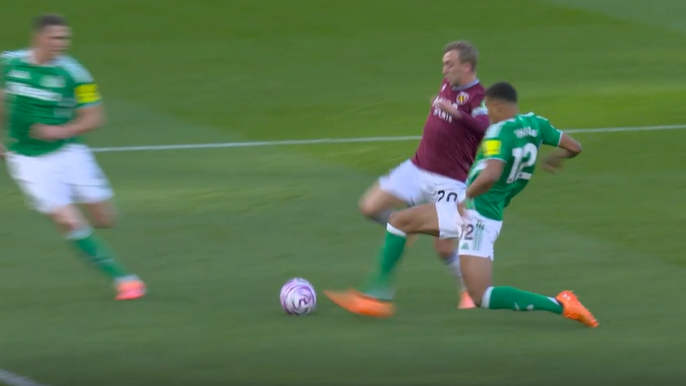
VAR decision: After reviewing the incident, VAR Howard recommended an on-field review for a possible incorrect penalty. After consulting his pitch monitor, Jones agreed with VAR's view that, despite Thiaw's contact on Bowen, he played the ball while making the challenge and therefore a penalty kick was an incorrect result.
VAR review: As always, referee communication was important in this review process. Jones awarded a penalty kick because his interpretation was that a foul had been committed, citing that the ball had not been played by the defender. VAR would not have required many of the angles available to review the incident and identify that, despite Thiaw's contact on Bowen, the defender had played the ball, information that Jones did not know in real time.
The review lasted more than four minutes, which seemed too long considering the available evidence. However, it is worth considering that Howard is new to the list of elite referees and he, in his first high-profile television game, was probably guilty of overthinking the situation when the process should have been simpler.
Verdict: This was a positive and correct intervention by the VAR. A situation that continues a theme of recent weeks in the Premier League, with Thiaw making contact with the ball while launching a measured challenge on Bowen. The no sanction result is consistent with recent incidents; Newcastle vs Arsenal (Nick Pope) and Fulham vs Arsenal (Kevin) where the details of each were very similar. It was initially an understandable decision by Jones, as his position relative to contact with the ball would have made it look like a real-time penalty.

